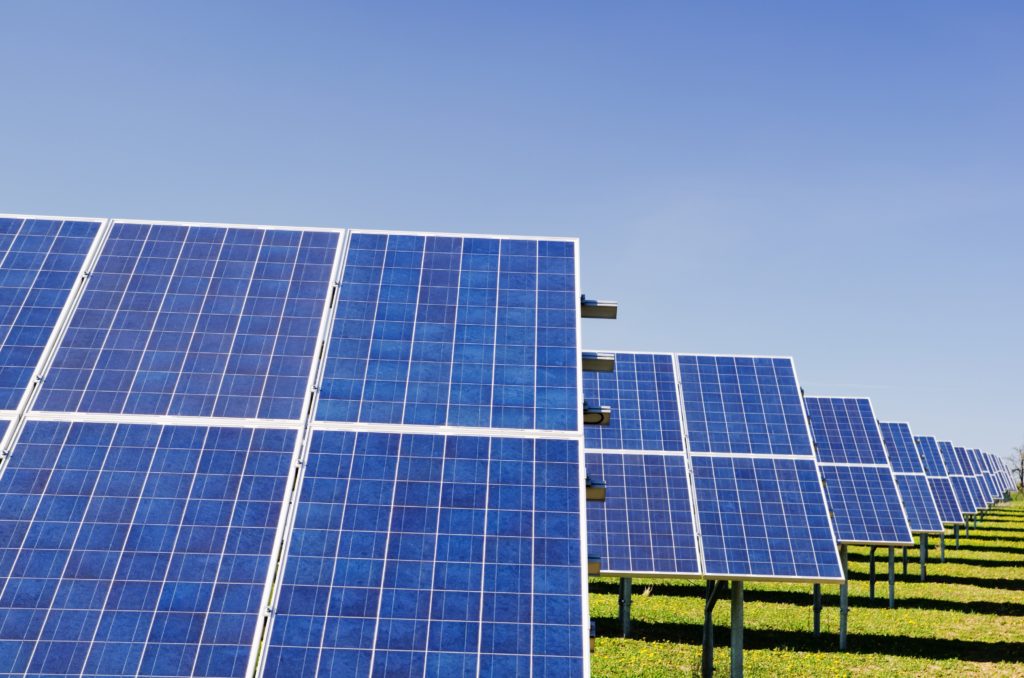The COVID-19 pandemic has laid bare many sobering realities. It has exposed the dire consequences of failing to listen to science and experts. It has highlighted that the communities most impacted by the coronavirus are also most at risk of experiencing climate disasters. It has also exposed extreme inequalities in safeguards for our communities and demonstrated that we are both intimately connected with the global community and heavily dependent on our local communities for leadership amid crisis.
The same holds true for the climate crisis. The World Health Organization (WHO) long ago recognized climate change as an urgent public health threat and the pandemic highlights this fact even more. Recent research shows that individuals exposed to air pollution over long periods of time are more likely to suffer from asthma, respiratory diseases, and other adverse health impacts — and have been significantly harder hit by COVID-19. These are primarily low-income people and people of color.
The pandemic has made clear to us that our communities, and our health systems, aren’t yet ready to deal with crises of this magnitude.
Fortunately, it doesn’t have to be this way. We have choices we can make. Cutting climate pollution — and the particulate pollution that comes with it — will have tangible public health benefits. We can establish new ways of living together, post-pandemic, that create genuine economic security across more of the population, that strengthen our communities in the face of future climate and public health emergencies, and that bolster a truly healthy and thriving Vermont for all.
The Global Warming Solutions Act (Solutions Act) offers a strategic planning and implementation framework to ensure we make smart investments that prioritize Vermont’s most vulnerable; put people to work in the local, clean energy economy; and harness the unique assets that make our state more resilient, independent and strong — including our farms, forests, and natural resources.
The bill — which passed out of the Vermont House of Representatives in February 2020 — ensures that Vermont takes strategic action to reduce greenhouse gas emissions to net-zero by 2050 and to build climate-resilient communities. The Solutions Act establishes a diverse Climate Council and four strategic subcommittees focused on 1) resilience and adaptation, 2) mitigation, 3) equity and justice, 4) and the role of our farms and forests in this essential transition. This multi-pronged framework is even more important as we look to rebuild and recover after COVID-19.
Global Warming Solutions Act
The Global Warming Solutions Act embeds core principles and offers a path to a more sustainable, strong economy. It:
- Requires climate solutions that reduce energy burdens for rural and marginalized communities, build rural resilience, and promote the use of natural and working lands to capture and store carbon – and creates a framework to achieve those outcomes.
- Recognizes the interconnection and opportunity in investing in Vermont’s strengths to realize pollution reduction and climate resilience benefits, with a strong focus on harnessing our local food economy, farms, forests and rich natural resource assets in the solutions.
- Builds on the success of other New England states that have cut climate pollution while growing their economies. The bill ensures that Vermont takes strategic action to reduce greenhouse gas emissions to net-zero by 2050 and to build climate-resilient communities.
- Requires coordinated, thoughtful planning to reduce climate pollution and build climate-resilient communities. This will be important to ensure that Vermont makes smart and strategic investments as we rebuild our economy.
- Puts Vermont on par with other states by establishing mandatory pollution reduction requirements and deadlines for climate action to make sure we’re on track to achieve net-zero by 2050. Market-based solutions, private-sector leadership, creative thinking, innovation, and personal action are all important. But in order to maximize and strategically direct these efforts, mandatory reduction requirements and the right regulatory framework must be in place.
We must make long-term investments in sustainable and climate-resilient communities and infrastructure, which will help protect public health and our most vulnerable people now and into the future. Strategic investments, including of recovery dollars, can spur a just transition from dependence on oil, coal, and gas to sustainability, a strong local economy and climate resilience.
We cannot wait. Continuing to kick the can down the road on climate will just make it more expensive, and devastating, for our communities. Instead of doubling down on imported fossil fuels that drain our economy, tie us to a global market, degrade public health and exacerbate global warming, we have an opportunity to invest in a recovery that makes Vermont stronger, more equitable and self-reliant. Investments in energy efficiency and renewable energy programs, for example, can put people back to work, cut carbon pollution, help families save money, and (re)build communities.
New infrastructure investments should meet climate resilience design standards, and our COVID-19 recovery plan should include investments that will help rebuild our local economies and communities — while simultaneously enhancing our long-term resilience and sustainability.
Examples of this type of investment include supporting the deployment of local, clean energy; investing in energy efficiency measures; rapidly decarbonizing our transportation sector; expanding our commitment to our local agricultural economy to support greater access to healthy, local foods and ensuring new infrastructure investments are built to withstand the impacts of a changing climate.
Benefits of centering climate action and community resilience in COVID-19 recovery
Economic
- Putting more people to work in the trades sectors and creating clean energy jobs.
- Weatherization and fuel switching to renewable heating options, which reduce energy burdens for families, keep more money in Vermonters’ pockets, and keep millions more currently exported dollars in Vermont’s economy.
- Reducing health care costs. According to the Vermont Department of Health (VDH), meeting transportation goals in the Comprehensive Energy Plan (CEP), for example, will save $1.1 billion dollars in health care costs by 2050.
- Strong and thriving local food, farming, and forest sectors
Public health
- Meeting transportation goals in the CEP will save 2,000 lives by 2050 according to the Vermont Department of Health
- Weatherization investments, which improve general, social, and mental health; reduce financial stress; and improve upper respiratory and cardiovascular health
- Strategic infrastructure investments, like making our drinking water and wastewater systems more climate resilient, helping to protect communities from dangerous contaminants
Environmental
- Investing in natural solutions like wetlands to capture and store carbon, which also improves water quality and protects communities from extreme weather events
- Implementing regenerative farming practices that improve soil health captures and stores carbon, and also protects water quality and reduces pesticide use.






